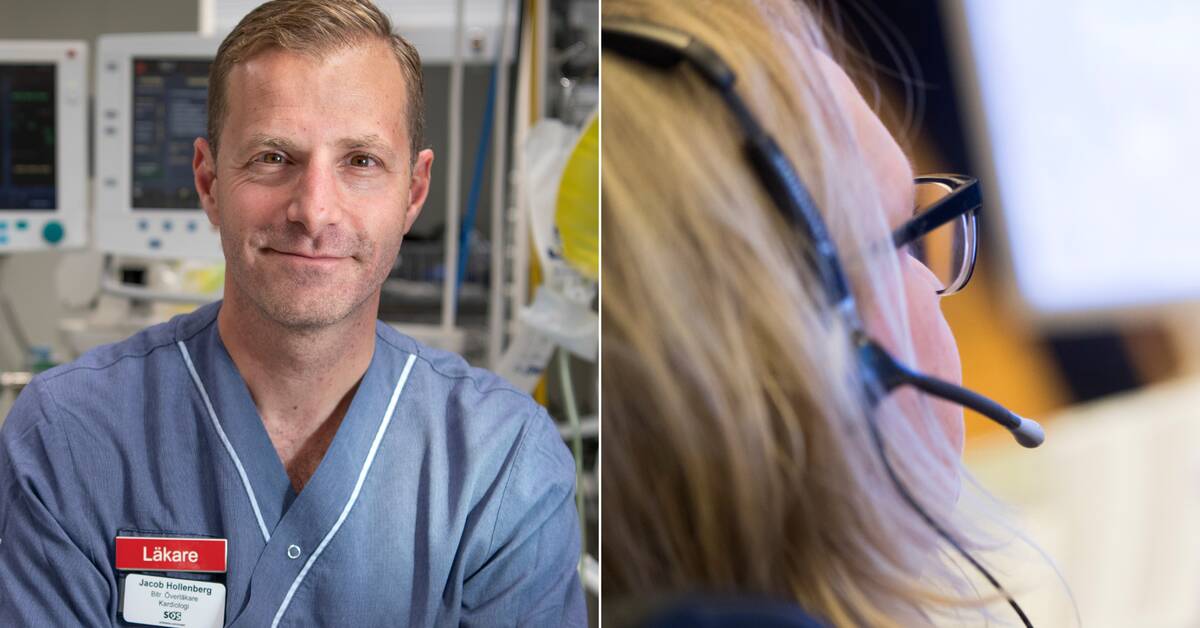Cardiac arrest is one of the most serious conditions you can suffer from.
The heart stands still, often caused by a heart attack and an electrical chaos in the heart.
- For every minute, the chance of survival decreases by 10 percent.
Time is of the essence, says Jacob Hollenberg and continues:
- We know that if you can get help from the public defibrillators in the very first minutes after you have collapsed, as many as seven out of ten can survive.
Unused resource
He estimates that there are now around 50,000 public defibrillators in the country, but in many cases they are an untapped source of crucial help to save lives.
- The defibrillators are often locked in a gym or office.
They must be made visible and available around the clock, says Jacob Hollenberg, professor and head of the Heart Stop Center at Karolinska Institutet.
The whole chain is important
At Hjärtstoppscentrum, several research projects are underway on methods to get defibrillators, both in healthcare and the public, to sufferers within a few minutes.
- If we are to get more people to survive, the entire care chain is important.
From the witness on site to the aftercare, he says.
These include volunteer SMS lifeguards who are alerted, drones that fly out defibrillators to victims and research on alarm operators can be helped by AI.
You can hear more about the latter in the clip with Jacob Hollenberg.

